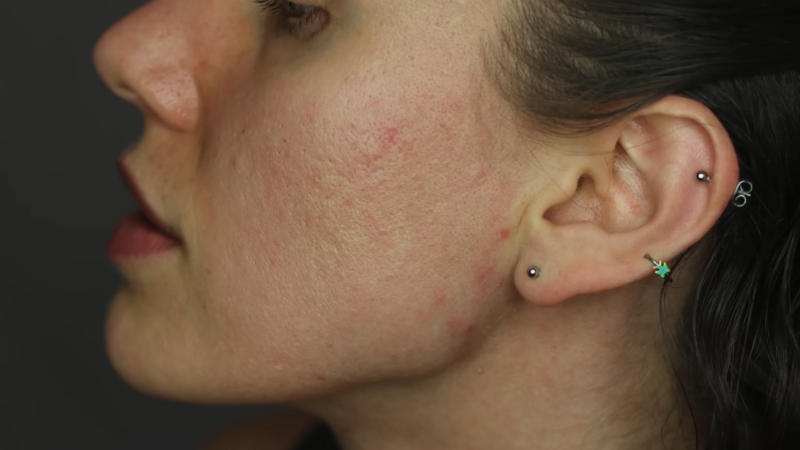There are many types of acne and many types of acne scars.
While home treatments might help reduce the appearance of some acne scars, for the most effective treatment, you will likely need to see a dermatologist.
Acne affects just about everyone at some point in their lives, and I know how frustrating it can be when it shows up at the most inconvenient times, like before dates, parties, or work presentations.
It often appears when hair follicles, or pores, on your skin get clogged by oil and dead skin cells, forming comedones.
Then bacteria can start to grow, causing inflammation and those annoying red bumps.
Let’s Start with the Best Treatments
1. Effective Treatments for Atrophic Scars
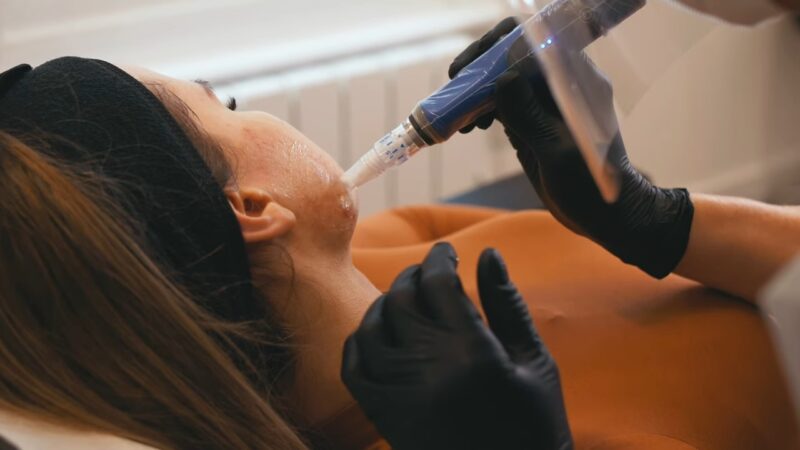
Treating atrophic scars, such as boxcars, ice picks, and rolling scars, involves a two-stage process.
The first stage aims to reduce the depth of the scar and smooth the skin’s surface.
Stage 1: Depth Reduction
Stage 1 treatments for atrophic scars can be performed at your dermatologist’s office using one or more of the following methods:
- Chemical Peels: Glycolic or salicylic acid is applied to remove the outer layers of skin. This treatment is not ideal for very deep scars, trust me I know…
- Dermabrasion: A tool is used to “sand down” the top layers of skin, making boxcar scars shallower. Multiple visits are often required.
- Dermal Fillers: Substances like hyaluronic acid or calcium hydroxylapatite are injected to improve the appearance of scars.
- Laser Therapy: High-energy light removes outer skin layers and stimulates collagen production in deeper layers. Ablative laser therapy removes skin layers, while non-ablative therapy uses heat to boost collagen production.
- Microneedling: Tiny needles create injuries in the scar, promoting healing and collagen production to reduce scar depth.
- Punch Excision: The scar is cut out, and the skin is stitched together.
- Punch Grafting: The scar is removed and replaced with skin from another body part.
- Subcision: Scar tissue is broken up, raising the scar rather than it being pulled down.
- TCA Cross (Chemical Reconstruction of Skin Scars): Trichloroacetic acid (TCA) is applied to the scar, encouraging collagen formation and raising the scar.
Stage 2: Discoloration Reduction
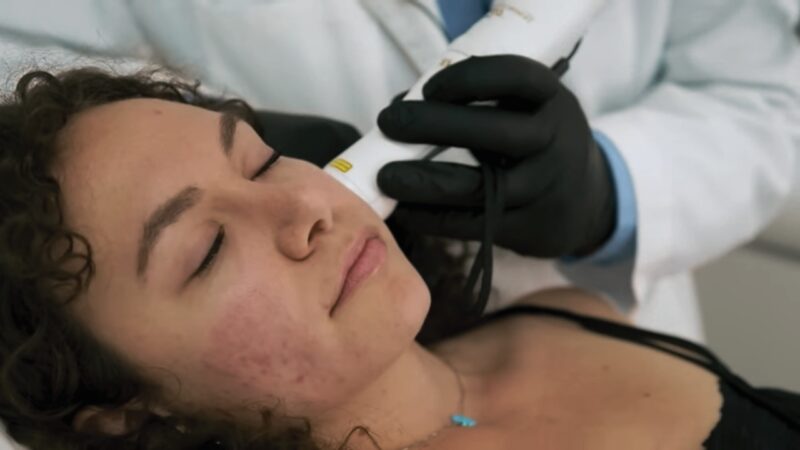
The second stage focuses on reducing discoloration. Your dermatologist may use:
- Chemical peels
- Laser therapy
- Lifestyle recommendations like sun protection
Home Treatment Options
You can also manage atrophic acne scars at home with over-the-counter (OTC) retinoids, such as Differin. OTC retinoids can promote collagen formation and even out skin pigment.
However, while at-home chemical peels might seem tempting, dermatologists do not recommend them as they can cause more harm than good. It’s best to consult your dermatologist for safe home treatment options for acne scars.
2. Treatments for Post-Inflammatory Hyperpigmentation
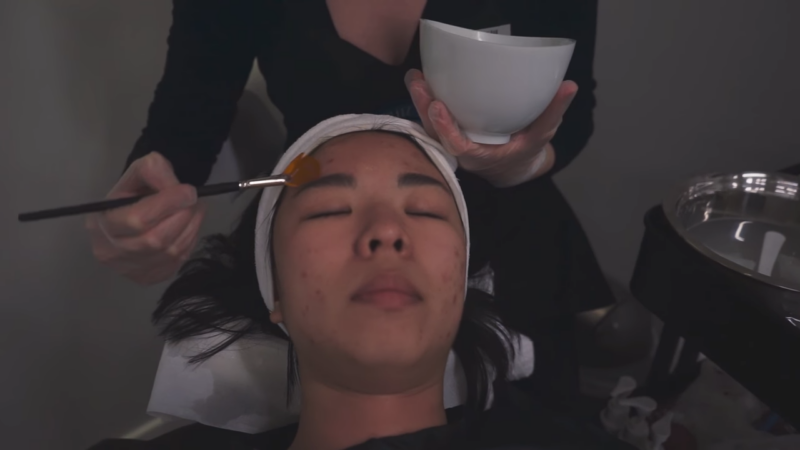
You can reduce the appearance of post-inflammatory hyperpigmentation both at your dermatologist’s office and at home. The goal is to prevent further darkening and allow your skin to naturally recover over time.
Dermatologist Treatments
Your dermatologist can offer several treatments to address post-inflammatory hyperpigmentation, including:
- Chemical Peels: These help to exfoliate the skin and lighten dark spots.
- Laser Therapy: Utilizes targeted light to reduce pigmentation and even out skin tone.
- Hydroquinone: A topical treatment that lightens dark patches of skin.
- Prescription Topical Retinols and Retinoids: These increase your skin’s production of collagen, even out complexion, and lighten dark spots. Prescription-strength retinoids work more quickly and efficiently than over-the-counter options.
Home Treatment Options
To manage post-inflammatory hyperpigmentation at home, consider these steps:
- Daily Sunscreen Use: I usually apply a broad spectrum of sunscreens with an SPF of at least 30 at regular intervals. Physical sunscreen blockers, such as zinc oxide and titanium dioxide with iron oxide, provide better protection.
- OTC Retinoids: Over-the-counter retinoids, like Differin, can help lighten dark spots and even out skin tone, though they may work more slowly than prescription-strength options.
My friend combined dermatologist treatments with diligent at-home care, and She effectively reduced post-inflammatory hyperpigmentation and restored skin’s natural appearance.
3. Treatments for Hypertrophic and Keloid Scars
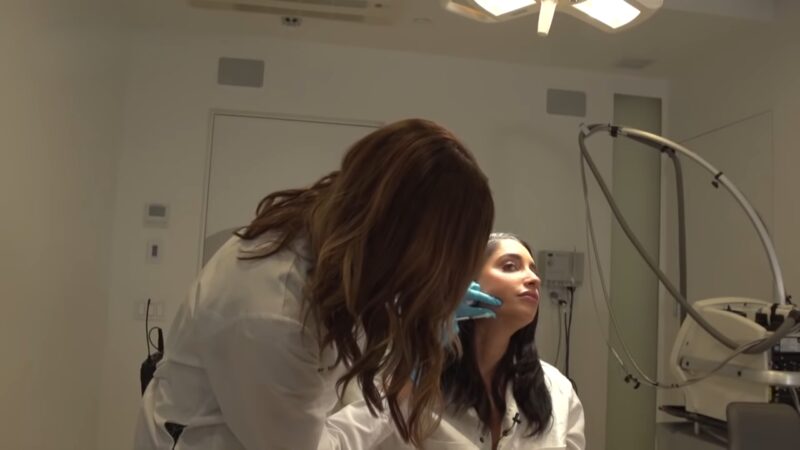
Treating hypertrophic and keloid scars aims to reduce the height of the scar, making the skin appear smoother.
Dermatologist Treatments
Your dermatologist can perform one or more treatments to start reducing the appearance of hypertrophic and keloid scars, including:
- Steroid Injections: Steroids are injected directly into the scar to soften the scar tissue and reduce its height. Typically, several injections spaced weeks apart are needed.
- Surgical Removal: In some cases, surgically removing the scar can be an effective option.
- Laser Therapy: This may involve both ablative and non-ablative laser treatments to reduce scar height and improve skin texture.
Home Treatment Options

To manage hypertrophic and keloid scars at home, consider these options:
- Bio-Oil: A topical oil that may help reduce the appearance of raised scars. It’s available at local pharmacies or online.
- Massage: Regularly massaging the scar can weaken the scar tissue and reduce its height.
- Silicone Sheeting: Gel silicone sheets placed on top of raised scars can help soften them and reduce their height.
Bottom Line
Everyone deals with acne at some point, and it can sometimes leave behind scars as it heals. The appearance of these scars depends on the type and severity of the acne.
There are many treatments available for all types of acne scars. If you’re worried about your acne scars, it’s a good idea to see a dermatologist who can help create a treatment plan tailored just for you.

